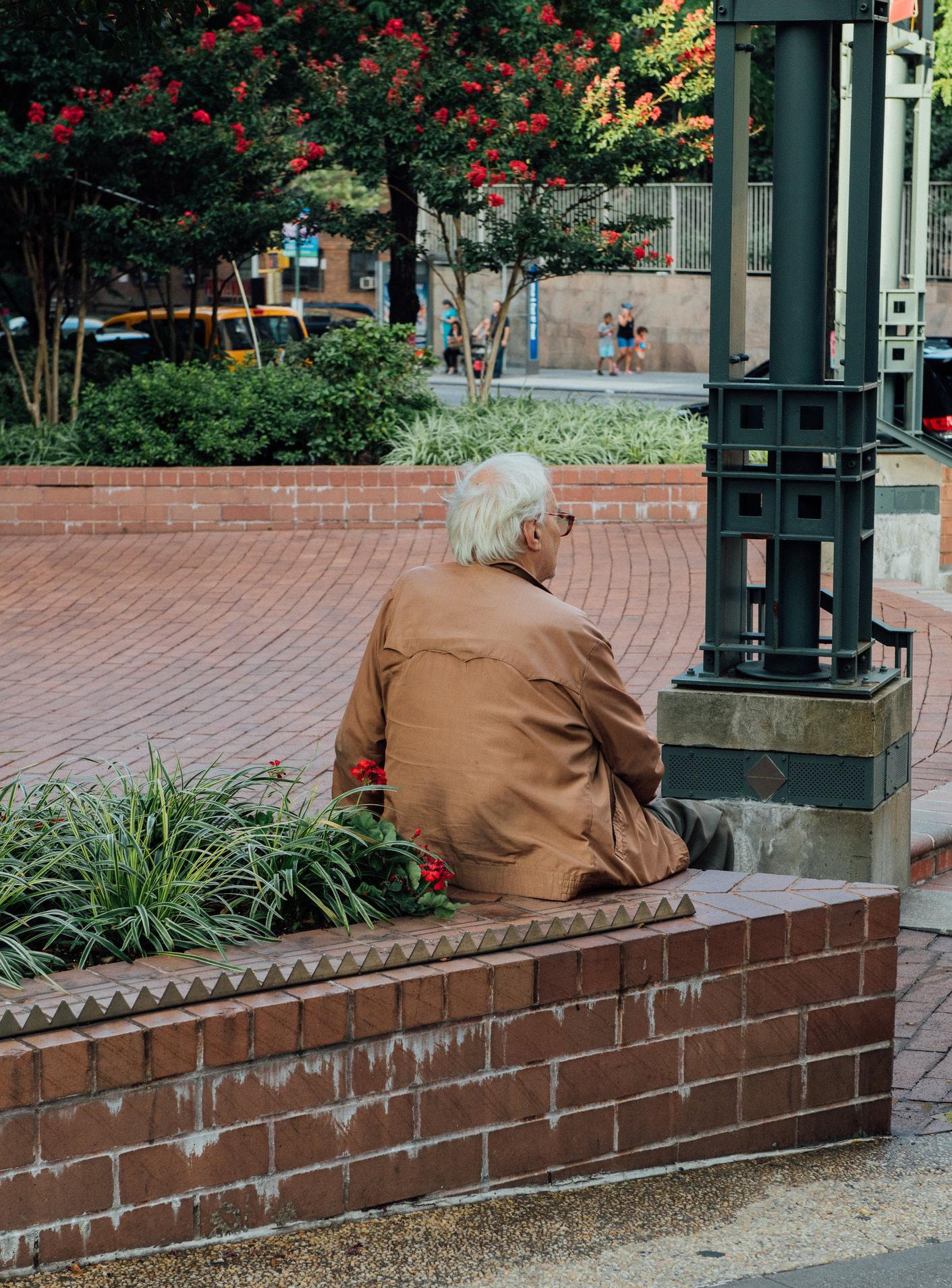List of Figures
6
Figure 1. Uncomfortable armrests, acting physically, but also symbolically to control the space.
p. 11
Figure 2: Spikes to prevent sitting or laying down.
p. 15
Figure 3: The Camden Bench
p. 16
Figure 4: Spikes to prevent sitting on fire hydrants.
p. 18
Figure 5: Spikes to prevent sitting on bollards.
p. 21
Figure 6: A diagrammatic representation of natural surveillance.
p. 22
Figure 7: A film still taken from Whyte’s 1988 study of the Seagram Plaza
p. 23
Figure 8: The entrance to Bryant Park, before its redesign in 1983
p. 24
Figure 9: Bryant Park, diagram of criminal activity
p. 25
Figure 10: A graph showing the street crime rates in New York City
p. 27
Figure 11: A graph showing the homelessness rates in New York City
p. 27
Figure 12: A man busking in London, restricted to a small area, for an allotted time
p. 28
Figure 13: Diagrams showing how the Camden bench is designed.
p. 30
Figure 14: News headlines which create fear, as described by Davis (1990)
p. 31
Figure 15: A diagram showing how the ‘FAR bonus’ works
p. 33
Figure 16: A graph showing an increase in the number of POPS in New York
p. 33
Figure 17: The ‘bum-proof bench’, as described by Davis (1990)
p. 34
Figure 18: An image showing the ‘blurred’ threshold between different spaces
p. 35
Figure 19: An image of Times Square in New York
p. 37
Figure 20: A homeless encampment, which arguably ‘ruins’ the brand image of the shop behind
p. 38












